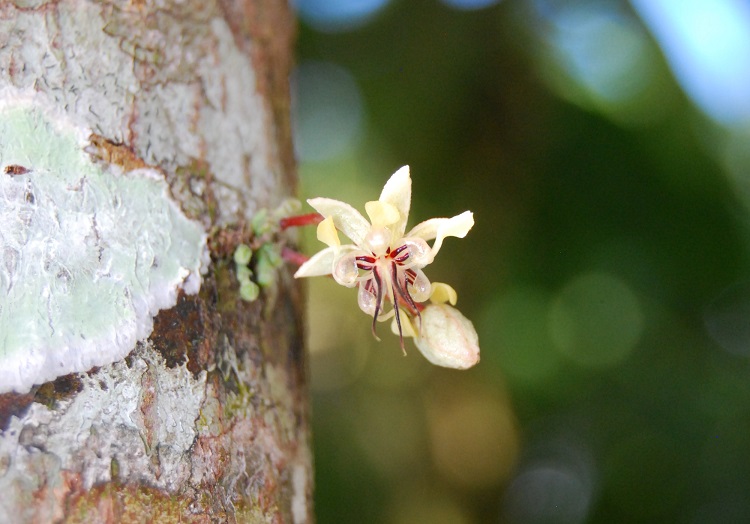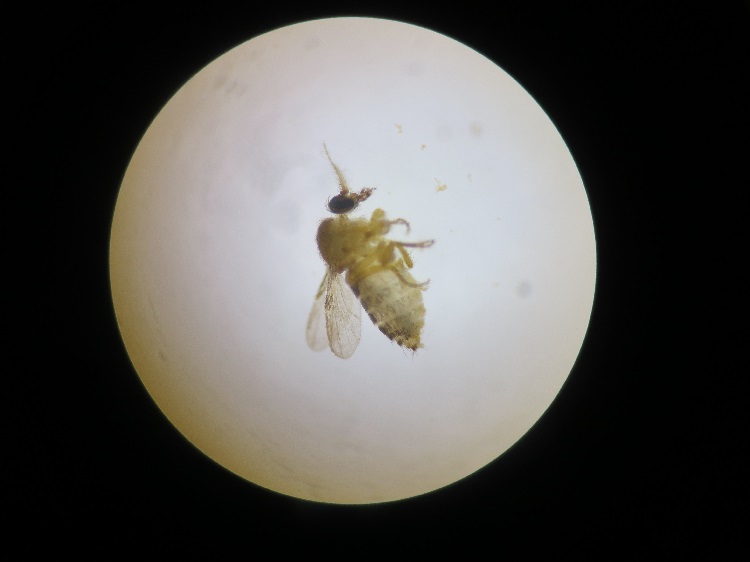
The UK is one of the leading countries globally for chocolate consumption per head…but how many of us think about where that chocolate comes from? Chocolate is made from the beans of the cacao or cocoa tree, which only grows in tropical climates and so the crop is particularly vulnerable to climate change.
Like other more familiar plants, the cocoa tree needs insects to pollinate its flowers before it will set fruit – but amazingly, there is still much we don’t know about those pollinators. For cocoa, the insects are tiny flies – ‘cocoa midges’ – the size of a pinhead. Researchers at NRI, collaborating with the University of Trinidad and Tobago and the Cocoa Industry Board of Jamaica, set out to learn more about them. They sampled from cocoa farms across three different Caribbean islands over a whole year and then a team of students busily checked through the samples for cocoa midges.
They learned that, while the cocoa midges could be found on all the farms at all times of year, their numbers really dropped off during the dry season, only coming back when the rainy season returned. “Rainfall was more important than any other climatic factor in determining the populations of these midges,” explains Prof Phil Stevenson, who coordinated NRI team’s contribution. This is because, while the adult midges fly and visit flowers, their larval stage lives in rotten leaf litter that has to be kept moist.
 “We don’t know what this means for cocoa pollination if the Caribbean receives longer and more severe droughts in the future, due to climate change,” warns Dr Sarah Arnold from NRI, lead author of a recently published article on the research. “But it does mean that farmers may have to work harder to keep those moist refuges for the midges to develop in,” she concludes.
“We don’t know what this means for cocoa pollination if the Caribbean receives longer and more severe droughts in the future, due to climate change,” warns Dr Sarah Arnold from NRI, lead author of a recently published article on the research. “But it does mean that farmers may have to work harder to keep those moist refuges for the midges to develop in,” she concludes.
For now, it means chocolate lovers should spare a thought for the tiny flies that helped make it.
Read the full article ‘The significance of climate in the pollinator dynamics of a tropical agroforestry system’, published recently in the journal Agriculture, Ecosystems & Environment.
Links: Dr Sarah Arnold’s profile | Prof Phil Stevenson’s profile

